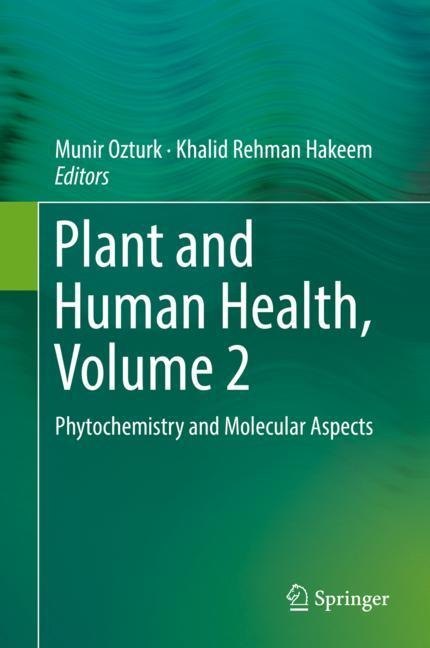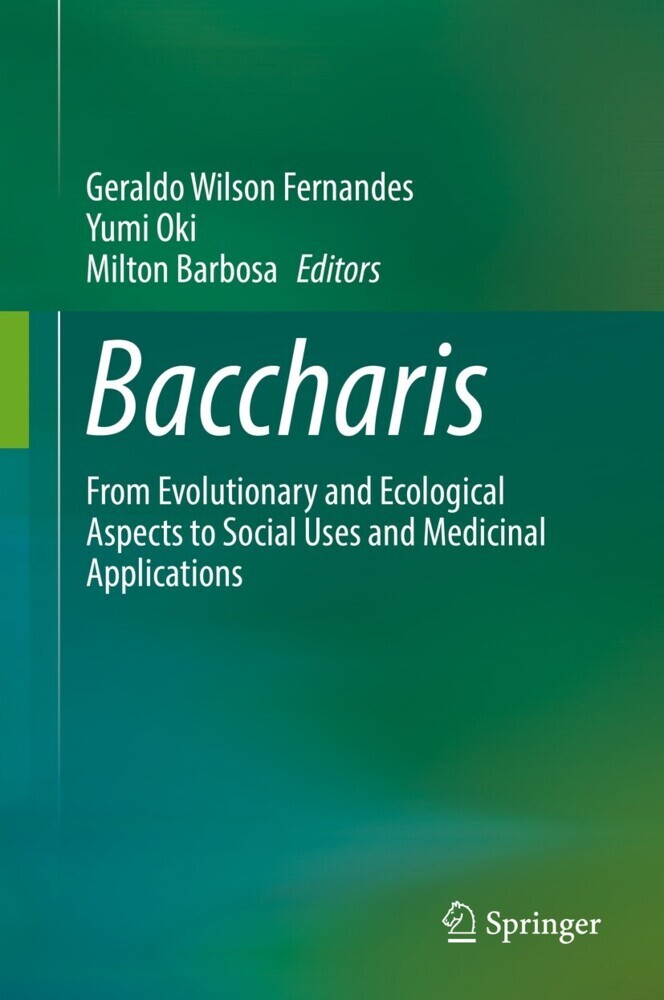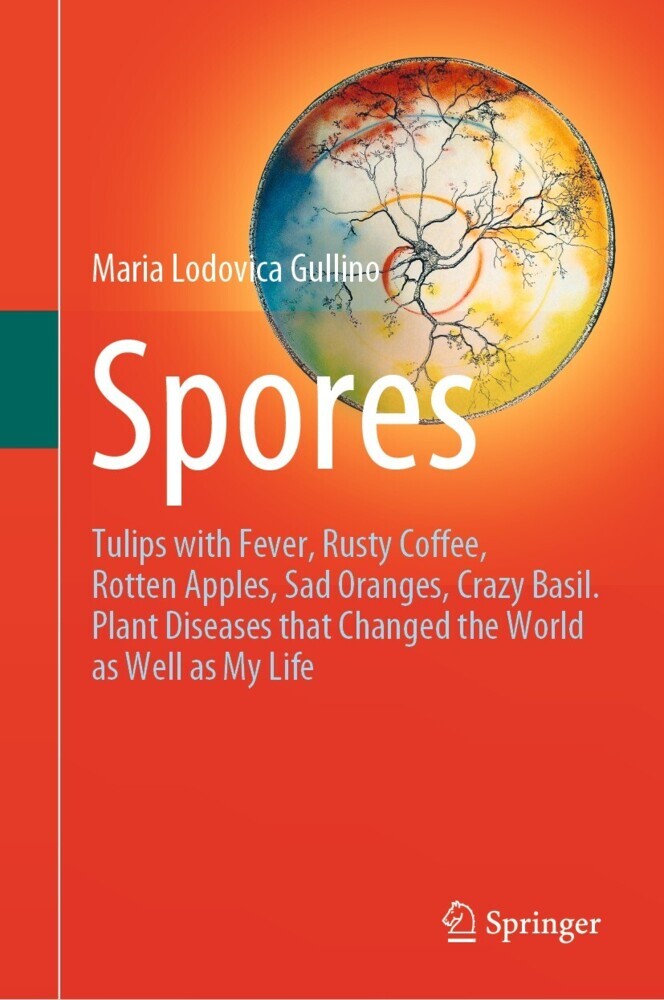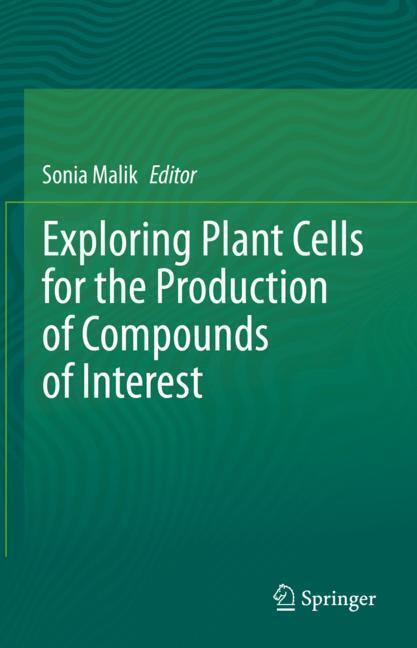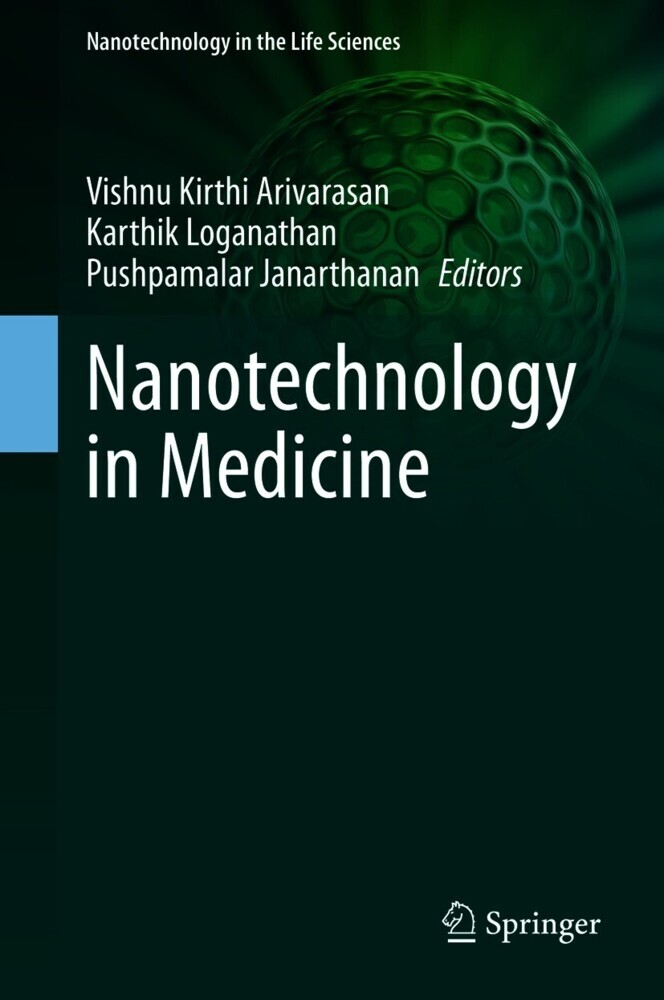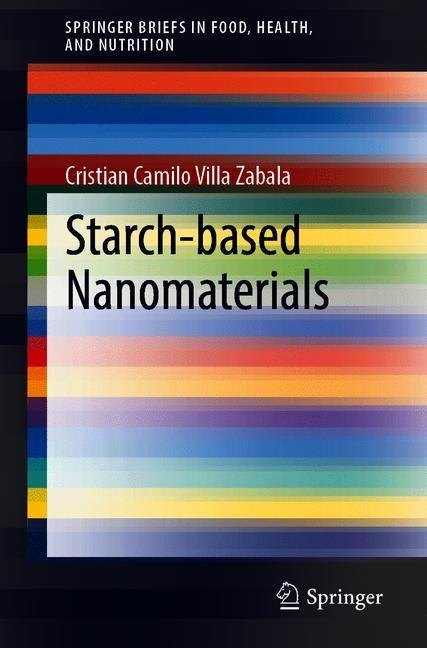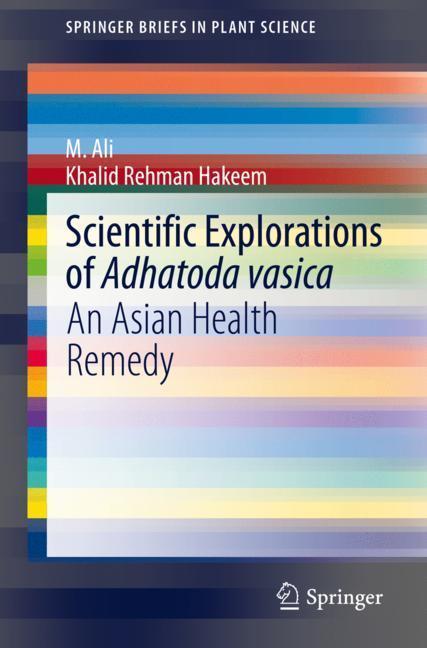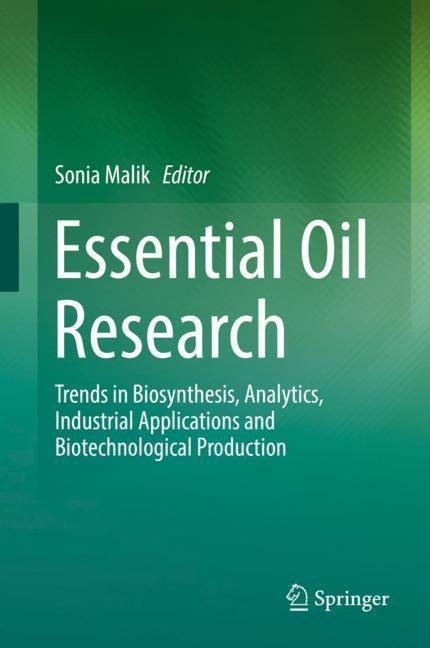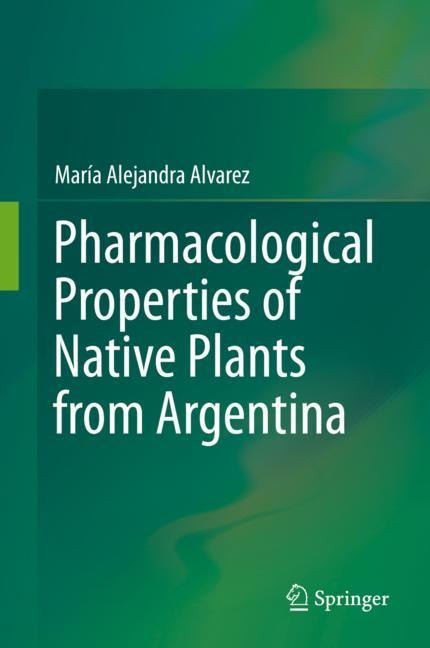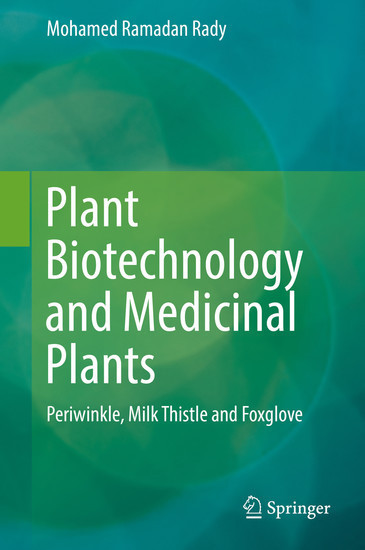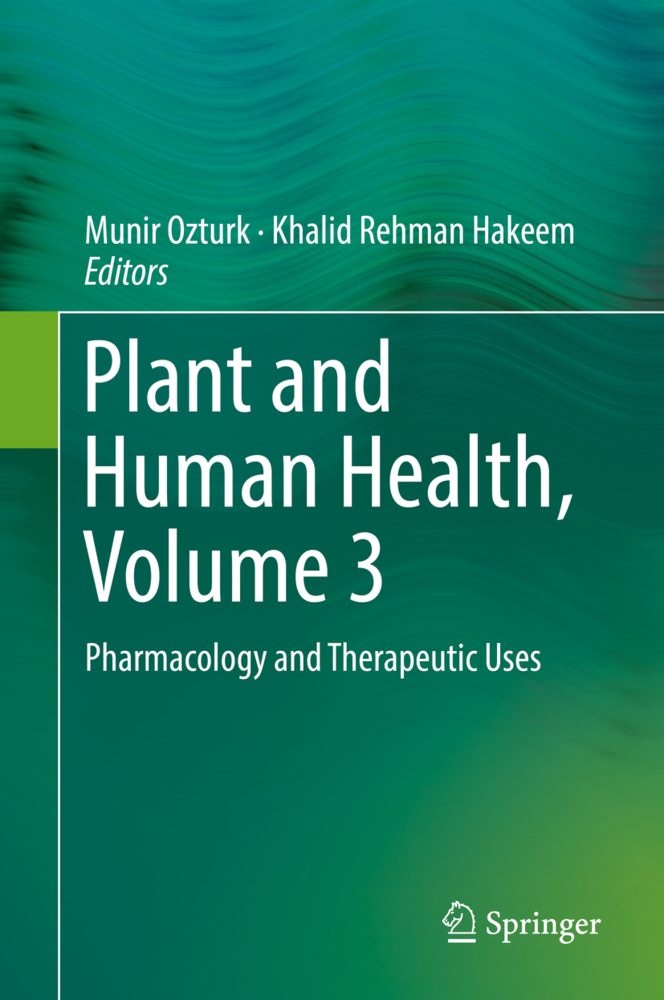Plant and Human Health, Volume 2
Phytochemistry and Molecular Aspects
Plant and Human Health, Volume 2
Phytochemistry and Molecular Aspects
Early anthropological evidence for plant use as medicine is 60,000 years old as reported from the Neanderthal grave in Iraq. The importance of plants as medicine is further supported by archeological evidence from Asia and the Middle East. Today, around 1.4 billion people in South Asia alone have no access to modern health care, and rely instead on traditional medicine to alleviate various symptoms. On a global basis, approximately 50 to 80 thousand plant species are used either natively or as pharmaceutical derivatives for life-threatening conditions that include diabetes, hypertension and cancers. As the demand for plant-based medicine rises, there is an unmet need to investigate the quality, safety and efficacy of these herbals by the 'scientific methods'. Current research on drug discovery from medicinal plants involves a multifaceted approach combining botanical, phytochemical, analytical, and molecular techniques. For instance, high throughput robotic screens have been developed by industry; it is now possible to carry out 50,000 tests per day in the search for compounds which act on a key enzyme or a subset of receptors. This and other bioassays thus offer hope that one may eventually identify compounds for treating a variety of diseases or conditions. However, drug development from natural products is not without its problems. Frequent challenges encountered include the procurement of raw materials, the selection and implementation of appropriate high-throughput bioassays, and the scaling-up of preparative procedures.
Research scientists should therefore arm themselves with the right tools and knowledge in order to harness the vast potentials of plant-based therapeutics. The main objective of Plant and Human Health is to serve as a comprehensive guide for this endeavor. Volume 1 highlights how humans from specific areas or cultures use indigenous plants. Despite technological developments, herbal drugs still occupy a preferential place in a majority of the population in the third world and have slowly taken roots as alternative medicine in the West. The integration of modern science with traditional uses of herbal drugs is important for our understanding of this ethnobotanical relationship. Volume 2 deals with the phytochemical and molecular characterization of herbal medicine. Specifically, It will focus on the secondary metabolic compounds which afford protection against diseases. Lastly, Volume 3 focuses on the physiological mechanisms by which the active ingredients of medicinal plants serve to improve human health. Together this three-volume collection intends to bridge the gap for herbalists, traditional and modern medical practitioners, and students and researchers in botany and horticulture.
Dr. Khalid Rehman Hakeem (PhD) is an Associate Professor at King Abdulaziz University, Jeddah, Saudi Arabia. He has completed his Ph.D. (Botany) from Jamia Hamdard, New Delhi, India in 2011. Dr. Hakeem has worked as Post Doctorate Fellow in 2012 and Fellow Researcher (Associate Prof.) from 2013-2016 at Universiti Putra Malaysia, Selangor, Malaysia. His speciality is in Plant Eco-Physiology, Molecular biology, Plant-Microbe-soil interactions, Medicinal plant research and Environmental Sciences and so far has edited and authored more than 25 books with Springer International, Academic Press (Elsevier) etc. He has also to his credit more than 110 research publications in peer reviewed international journals, including 40 book chapters in edited volumes with international publishers. Dr Hakeem is the recipient of many national and international awards and fellowships.
Prof. (Dr.) Münir Öztürk (PhD) has served at the Ege University Izmir, Turkey for 50 years in different positions. He has been elected as the 'Vice President of the Islamic World Academy of Sciences'; has received the fellowships from Alexander von Humboldt, Japanese Society for Promotion of Science and National Science Foundation of USA. Dr. Ozturk h
Research scientists should therefore arm themselves with the right tools and knowledge in order to harness the vast potentials of plant-based therapeutics. The main objective of Plant and Human Health is to serve as a comprehensive guide for this endeavor. Volume 1 highlights how humans from specific areas or cultures use indigenous plants. Despite technological developments, herbal drugs still occupy a preferential place in a majority of the population in the third world and have slowly taken roots as alternative medicine in the West. The integration of modern science with traditional uses of herbal drugs is important for our understanding of this ethnobotanical relationship. Volume 2 deals with the phytochemical and molecular characterization of herbal medicine. Specifically, It will focus on the secondary metabolic compounds which afford protection against diseases. Lastly, Volume 3 focuses on the physiological mechanisms by which the active ingredients of medicinal plants serve to improve human health. Together this three-volume collection intends to bridge the gap for herbalists, traditional and modern medical practitioners, and students and researchers in botany and horticulture.
Dr. Khalid Rehman Hakeem (PhD) is an Associate Professor at King Abdulaziz University, Jeddah, Saudi Arabia. He has completed his Ph.D. (Botany) from Jamia Hamdard, New Delhi, India in 2011. Dr. Hakeem has worked as Post Doctorate Fellow in 2012 and Fellow Researcher (Associate Prof.) from 2013-2016 at Universiti Putra Malaysia, Selangor, Malaysia. His speciality is in Plant Eco-Physiology, Molecular biology, Plant-Microbe-soil interactions, Medicinal plant research and Environmental Sciences and so far has edited and authored more than 25 books with Springer International, Academic Press (Elsevier) etc. He has also to his credit more than 110 research publications in peer reviewed international journals, including 40 book chapters in edited volumes with international publishers. Dr Hakeem is the recipient of many national and international awards and fellowships.
Prof. (Dr.) Münir Öztürk (PhD) has served at the Ege University Izmir, Turkey for 50 years in different positions. He has been elected as the 'Vice President of the Islamic World Academy of Sciences'; has received the fellowships from Alexander von Humboldt, Japanese Society for Promotion of Science and National Science Foundation of USA. Dr. Ozturk h
1;Dedication;5 2;Foreword;6 3;Preface;9 4;Contents;11 5;Contributors;14 6;About the Editors;21 7;Free Radicals, Diabetes, and Its Complexities;23 7.1;Introduction;23 7.1.1;Homeostasis;23 7.2;Oxidative Stress;25 7.2.1;Reactive Species;25 7.2.2;Free Radicals;25 7.2.3;The Role of ROS;27 7.2.4;ROS Involve in Lipid Peroxidation;28 7.2.5;The Source of Reactive Species;28 7.2.6;Oxidative Stress-Inducing Agents;30 7.2.6.1;Air Pollution;30 7.2.6.2;Dust;30 7.2.6.3;Heavy Metals;33 7.2.6.4;Temperature;33 7.2.6.5;Electromagnetic Fields;33 7.2.6.6;Alcohol;34 7.2.6.7;Herbicides;34 7.2.6.8;Pesticide;35 7.2.6.9;Fungicides;35 7.2.6.10;Cigarette Smoke;35 7.2.6.11;Industrial Foods;35 7.2.7;Oxidative Stress Is the Main Reason of Diseases;36 7.2.7.1;Cancer;36 7.2.7.2;Cardiovascular Disease;37 7.2.7.3;Neurological Disease;37 7.2.7.4;Pulmonary Disease;37 7.2.7.5;Rheumatoid Arthritis;37 7.2.7.6;Nephropathy;38 7.2.7.7;Ocular Disease;38 7.2.7.8;Aging;38 7.3;Defensive Systems Against Free Radicals;38 7.3.1;Antioxidants;39 7.3.2;Antioxidants with New Conversation;40 7.3.2.1;Sleeping;40 7.3.2.2;Fasting;41 7.3.2.3;Mountains' Clean Air Have Bracing Effect;41 7.3.2.4;Lifestyle Alteration Eliminates Oxidative Stressors;42 7.4;Diabetes;43 7.4.1;Glucose Auto-oxidation;45 7.4.2;Synergism Between Oxidative Stress and Glycation;45 7.4.3;Preservatives;46 7.4.4;New Conversation;50 7.4.5;Molecular Oxidative Stress;50 7.4.6;Diabetes Complications;51 7.4.7;Diabetes and Climate Changes;54 7.4.7.1;Direct Effects;54 7.4.7.1.1;Thermal Stress;54 7.4.7.1.2;Spiritual Consequences;55 7.4.7.2;Indirect Effects;55 7.4.7.2.1;Suburbs;55 7.4.7.2.2;Food Quality and Food Habits;55 7.4.7.2.3;Reduction in Food Security and Increasing the Risk of Agricultural Production;56 7.5;Conclusion;56 7.6;References;56 8;Secondary Metabolites from Turkish Astragalus Species;64 8.1;Introduction;64 8.2;Phytochemistry and Biological Activity;65 8.3;Chemotaxonomy;108 8.4;Structural Summary of Cycloartanes;109 8.4.1;20,24-Epoxy Side Chain Compounds;109 8.4.2;Acyclic Side Chain Compounds;110 8.4.3;20,25-Epoxy Side Chain Compounds;111 8.5;Stereochemistry of Astragalus Cycloartanes;112 8.6;References;114 9;Vetiveria zizanioides (L.) Nash: A Magic Bullet to Attenuate the Prevailing Health Hazards;119 9.1;Introduction;119 9.2;Description of Plant;120 9.2.1;Types;120 9.2.2;Common Names;121 9.2.3;Morphology;121 9.2.3.1;Habit;121 9.2.3.2;Leaves;121 9.2.3.3;Flowers;121 9.3;Geographical Distribution;122 9.4;Essential Oil of Vetiver;122 9.4.1;Phyto-constituents;122 9.4.2;Biosynthesis;123 9.4.3;Distillation;124 9.4.4;Economics;124 9.5;Ethnobotanical Uses;126 9.5.1;Traditional Application;126 9.5.2;Nutraceutical Application;127 9.5.3;Commercial Applications;127 9.5.3.1;Agriculture-Related Uses;127 9.5.3.1.1;Manure;127 9.5.3.1.2;Pesticide;128 9.5.3.1.3;Weed Control;128 9.5.3.2;Flavoring Agent;128 9.5.3.3;Perfumery;128 9.5.3.4;Aromatherapy;128 9.5.3.5;Other Uses;129 9.5.3.5.1;Refrigerant;129 9.5.3.5.2;Handicrafts;129 9.5.3.5.3;Construction;129 9.5.3.5.4;Textiles;129 9.5.3.6;Medicinal Uses and Health Benefits;129 9.6;An Update of Therapeutic Potentials of Vetiveria zizanioides;130 9.6.1;Insecticidal Activity;130 9.6.2;Termicidal Activity;130 9.6.3;Pesticidal Activity;131 9.6.4;Anti-plasmodial (Antimalarial) and Larvicidal Activity;131 9.6.5;Anti-tick Activity;131 9.6.6;Antibacterial Activity;132 9.6.7;Antifungal Activity;133 9.6.8;Herbicidal Activity;133 9.6.9;Antioxidant Activity;134 9.6.10;Anticancer Activity;134 9.6.11;Sedative Activity;135 9.6.12;Antidiabetic Activity;135 9.6.13;Antidiuretic Activity;135 9.6.14;Anti-inflammatory Activity;135 9.7;Conclusions;136 9.8;References;136 10;Evidence-Based Assessment of Moringa oleifera Used for the Treatment of Human Ailments;141 10.1;Introduction;141 10.2;Botanical Description;142 10.3;Nutrition Value;143 10.4;Medicinal Properties;144 10.4.1;Antispasmodic, Antiulcer, and Hepatoprotective Activities;146 10.4.2;Antihypertensive, Diuretic, and Cholesterol-Lowering Activities;
Ozturk, Munir
Hakeem, Khalid Rehman
| ISBN | 9783030033446 |
|---|---|
| Artikelnummer | 9783030033446 |
| Medientyp | E-Book - PDF |
| Copyrightjahr | 2019 |
| Verlag | Springer-Verlag |
| Umfang | 703 Seiten |
| Sprache | Englisch |
| Kopierschutz | Digitales Wasserzeichen |

